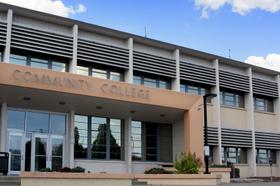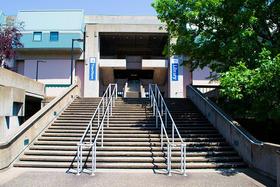Everyone experiences stress from time to time, but stress is a constant companion for many college students. The pressure of maintaining good grades in multiple classes while engaging in extra-curricular activities and keeping up with friends can be draining. Sometimes, it leads to anxiety, depression, or more serious consequences. Keep reading to learn about some of the most common causes of stress in college and its effect on your mental and physical health. You’ll also receive some tips for reducing and managing your stress.
This video explains why college is so stressful for many students.
Why is College So Stressful?
According to the National College Health Assessment, nearly 50% of undergraduate students reported feeling overwhelmed by their academic responsibilities. Furthermore, the National Institute of Health reports that 30% of college students experience profound depression, which is often confused with extreme stress. But what is it that makes college so stressful? Here are some of the most commonly reported causes of stress in college students:
- Living away from home for the first time
- The pressure to perform well on school work and tests
- The financial burdens of college
- The pressure to land a good job after school
Though college can be a great time to explore new things and blaze your trail, for many students, it is their first time being away from home, which can be challenging. Living in an unfamiliar environment around unfamiliar people























